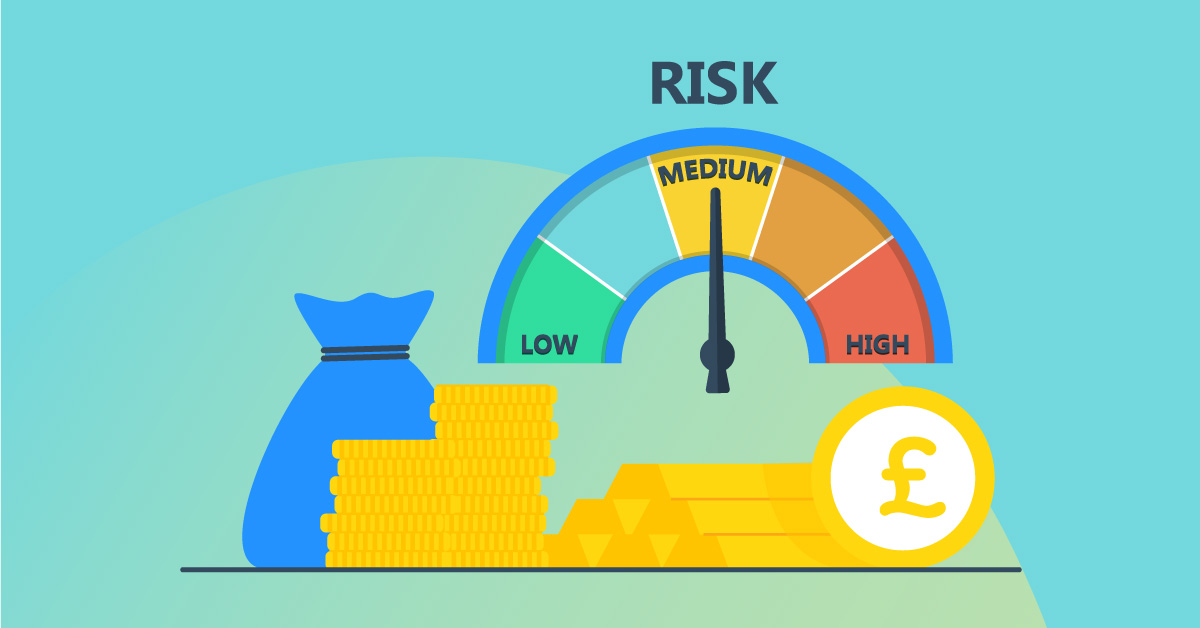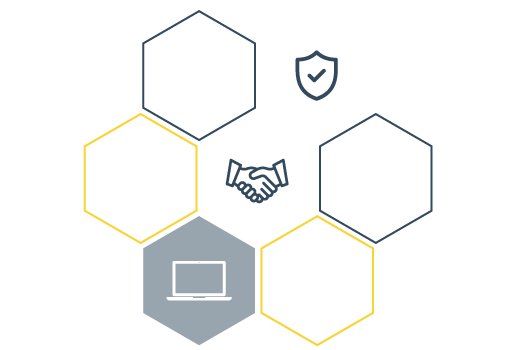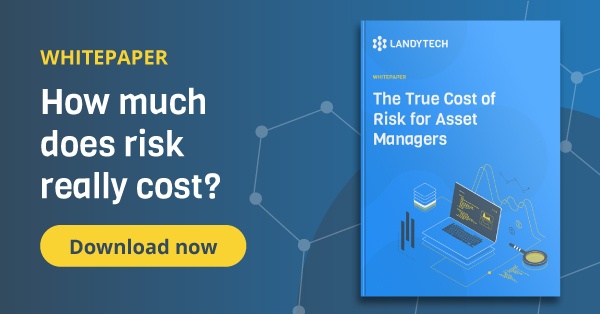Written by Landytech
14 Jun 2023In a rapidly evolving landscape, asset managers are increasingly relying on risk management providers. Meeting regulatory expectations and the needs of increasingly demanding investors means that finding the ideal partner is more important than ever.
There are numerous benefits to partnering with a managed service provider. The right provider will ease the pain and cost of implementing and maintaining expensive internal risk analysis and reporting systems. External providers can bring extensive modelling expertise and the capability to keep up with the latest industry developments.
As the risk function becomes central to the ability of firms to attract and retain capital, asset managers are left with no margin for error. To ensure your firm chooses the right risk management service provider, we’ve highlighted the 7 key factors to consider when selecting one.
1. Data and analytics capabilities
When outsourcing risk management, it is vital that the provider has a technology platform built on open architecture principles, capable of establishing links and ingesting data from multiple third-party sources - a task that portfolio management systems struggle with. On top of this, it needs the capacity to aggregate and analyse massive amounts of data across various asset classes and instruments. To provide technological value, the platform needs to provide output flexibility to ensure the platform can meet the reporting and analysis specifications of the end-user.
2. Modelling expertise
Asset managers require a risk management provider with demonstrated expertise and a background in sophisticated risk modelling. Risk models are increasingly complicated and must be robust. For example, non-linear derivative instruments (such as options, swaps and converts) may require specific calibration processes or pricing overrides to produce results that fit with a fund manager’s particular needs. Or specific calibrations may be required on lookback or frequency for beta or calculation. A deep knowledge of the industry’s consultants, investors and their demands is also vital to ensure the provider can meet the best standard requirements.
3. Client service
Another key benefit of an externally managed risk platform is access to efficient and responsive client service. One of the main reasons for outsourcing risk management is to ensure that firms can focus on higher value tasks and initiatives, knowing they have a proactive and reactive partner for risk management working with them as market environments evolve and new risks emerge.
4. Regulatory reporting expertise
Regulatory reporting volumes and complexity are only set to increase. Reports must be accurate and often delivered to tight deadlines. And the penalties for errors can be severe. Without significant automation, generating the reports internally will be manually intensive, time-consuming and error prone. A managed service with an automated and templated regulatory reporting capability can alleviate the pain. Using a provider can accelerate the processing and filing, deliver the necessary quality and granularity, and save time and cost.
The right provider will ensure regulatory changes are closely monitored and adapted to, ensuring that updates are made to the platform to account for new requirements.
5. Robust risk analytics
Asset managers increasingly depend on a range of advanced risk and performance analytics, including different portfolio sensitivities, customisable scenario analyses, stress testing and performance attribution. A managed solution can deliver higher-quality and more timely analytics outputs, often at a fraction of the cost of producing them internally.
6. Tech architecture
Designing a tech infrastructure able to automatically receive and store the data, interact with the risk system and create timely, accurate reports is a major challenge. Databases must be built with the right table structures, and correct relationships between the tables. The proper calculation processes are needed to take and transform the data in the appropriate way so it can be fed to the risk engine. Reports must be delivered in the format investors want.
Any tech infrastructure also needs robust cybersecurity protections, with security protocols embedded in the applications. Data should be encrypted in transit and at rest. Managed service providers have the expertise and business incentive to invest in and refine this risk infrastructure, providing efficiencies, scalability and reliability that an asset manager would struggle to match independently.
7. Cost
As with similar services, cost comes in two forms: financial investment and value return. A risk management provider is an investment into efficiency, business growth and peace of mind. A core element of risk management is to ensure risk capabilities are up to standard, enabling asset managers to make informed decisions to ensure growth. On financial investment, a flexible pricing structure that reflects the size of the firm and the complexity of its demands is a must.
Time for action
Competition for capital, an intense focus on investment performance, new market shocks and an onerous investment environment are driving risk capabilities to the top of the agenda. Investment managers can’t afford sub-standard risk processes and outputs. Yet many can’t afford to run a quality risk infrastructure in-house either. Managed solutions offer the answer. Your investors and prospects will reward you for it.
To discover how you can build an institutional-grade risk capability at a fraction of the cost of building internally, read our latest whitepaper.
Related Content

The 5 must-have capabilities for managing the risk function in-house
Risk management is a complex domain of expertise. Navigating today’s fast-paced and volatile markets with confidence and clarity takes a proven infrastructure, along with specialised risk and technology skillsets to deliver the timely insights need...

Top Challenges for Asset Managers and How Technology Can Tackle Them
Asset managers continue to grapple with a number of challenges spanning cost squeezes, fee pressures and patchy returns. They are under pressure to find significant operational efficiencies, and fast. The question of how far managers should go in...

How much does it really cost to meet allocators' risk management expectations?
Implementing a fit-for-purpose risk management and reporting function is expensive. But for asset managers, the cost of sub-standard risk capabilities is even higher.
With risk management an increasingly central focus in investor and consultant due...




